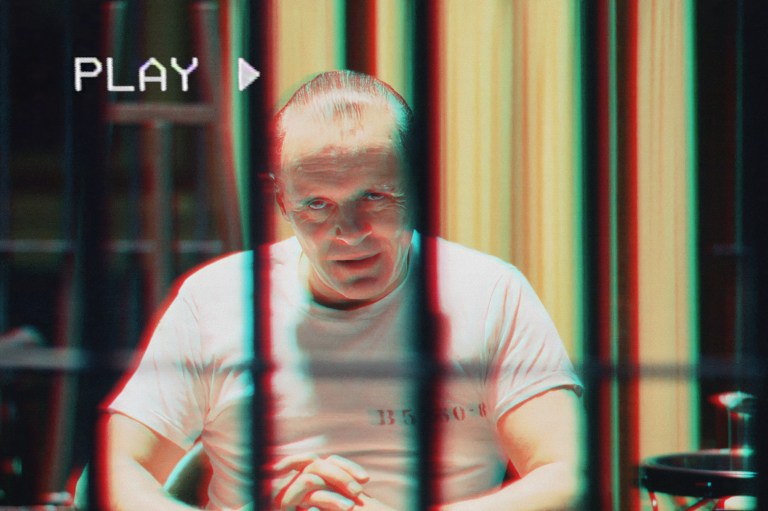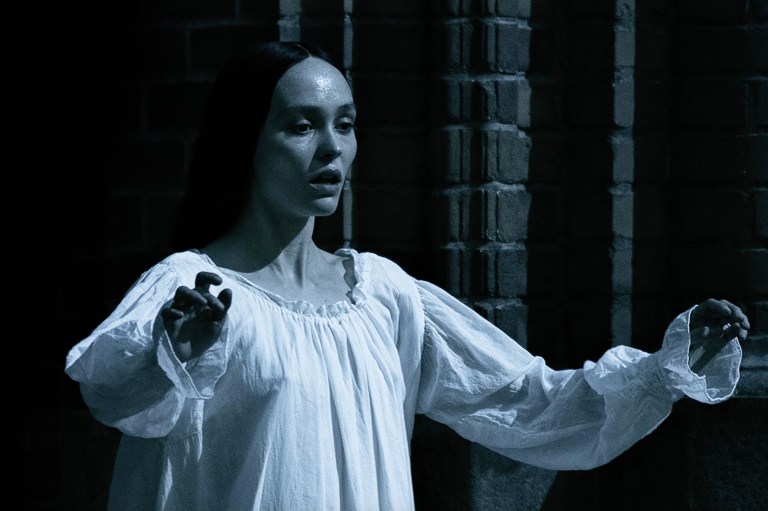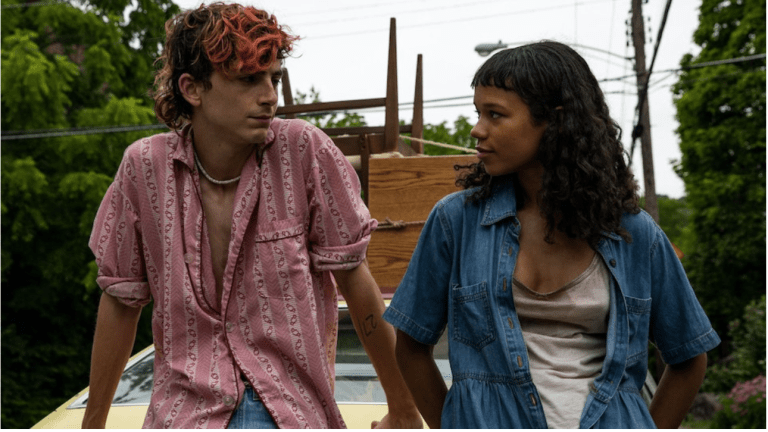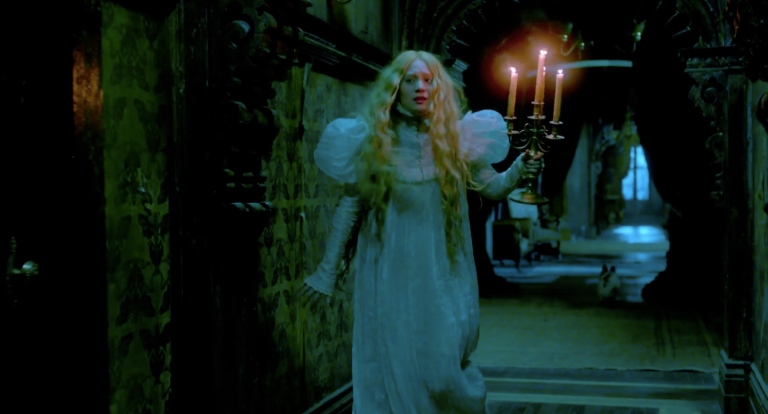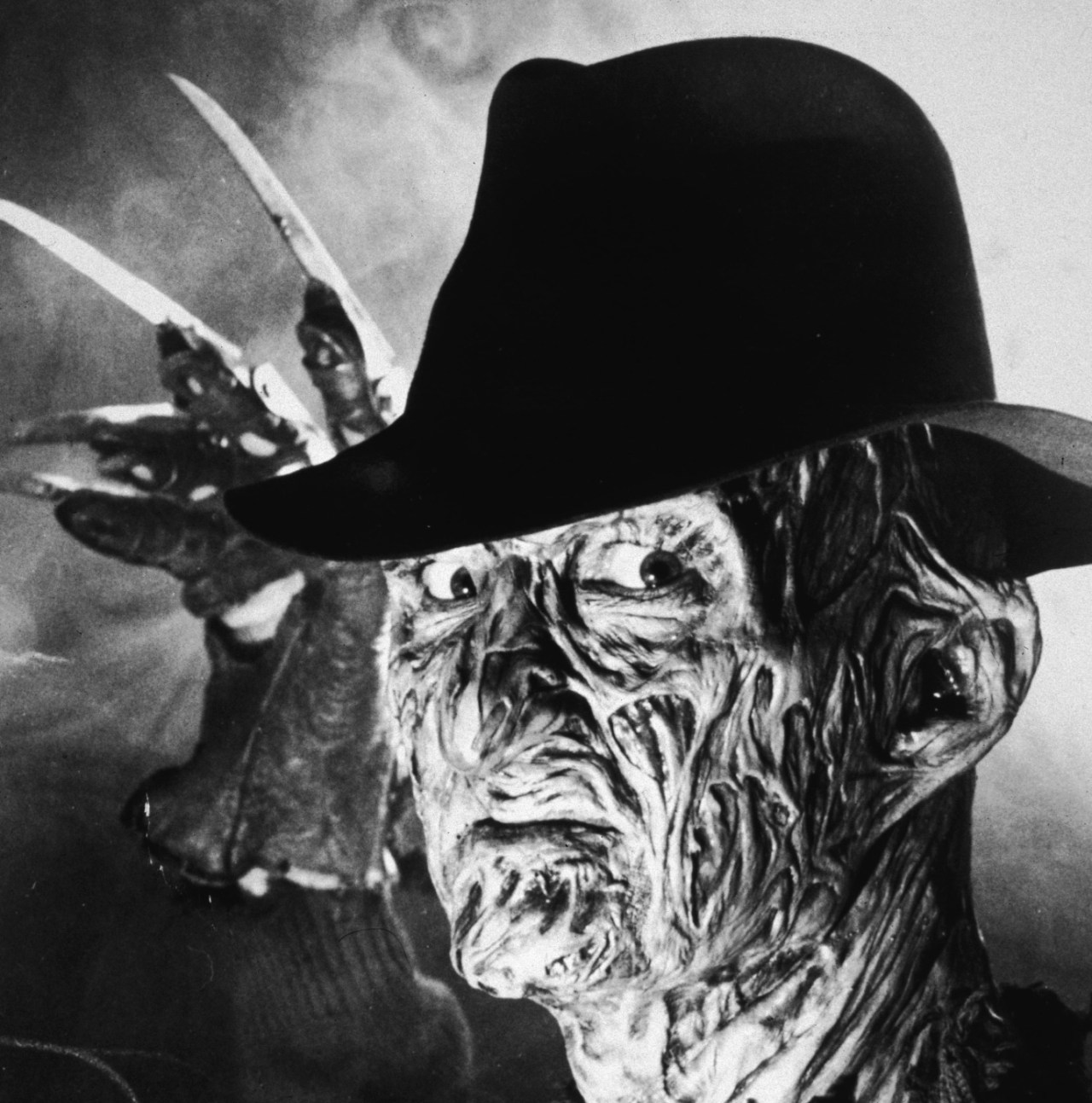
Celebrating the 39th Anniversary of ‘A Nightmare on Elm Street’ With 15 Reasons We Love the Classic Slasher
By ![]() Josh Lezmi
Josh Lezmi
Master of Horror Wes Craven filmed A Nightmare on Elm Street with an estimated budget of 1.1 million, and the film went on to gross 57 million worldwide. The movie premiered to critical acclaim, with many highlighting Robert Englund’s tour de force performance as the menacing and macabre, sarcastic and spirited Freddy Krueger. The premise — coming for individuals in their most vulnerable subconscious state — was (and remains) a horrifying one that practical visual effects only augments. The film premiered 39 years ago on November 9, 1984. So, to celebrate the anniversary of the horror genre staple — which went on to spawn many sequels and even an ill-fated 2010 reboot with Jack Earle Haley in the title role — let’s recount the many reasons this film remains a beloved slasher. From the nitty-gritty details to the primary features, this menacing movie checked all our boxes.
- Freddy’s one-liners: “How’s this for a wet dream” showcases the slasher’s penchant for the perverted and his sexually sadistic nature, as he employs a depraved version of a double entendre when death by drowning is on the horizon. He also utters “Come to Freddy” with stomach-churning torment, beckoning Nancy with a sinister and guttural delivery that retains a slight air of whimsy — as if she’s a resistant puppy hesitant to approach a stranger.
- Freddy’s fashion sense: Boasting a ripped green and red sweater with a fedora to add a touch of refinement, Freddy dresses as if he raided an ‘80s thrift store, and we love it. His look is immediately recognizable — knife glove or not — on those who decide to sport his get-up on Halloween.
- The creepy song: “One. Two. Freddy’s coming for you. Three. Four. Better lock your door.” Children’s voices echo in your mind, as the innocence tied to nursery rhymes gives way to utter terror. The cleverness at play here is undeniable, as rather than putting you to sleep, it serves to remind you of the need to stay alert. With lyrics that don’t match the melody, it toys with the very ingrained concept of a nursery rhyme, flipping all preconceived notions on their head.
- Practical effects: While some of the film’s effects may appear cheesy to today’s desensitized and CGI-tainted viewing audience, they’re part of the film’s classic charm. The effects work to cement Freddy’s gruesome antics in reality, for everything you see has been created IRL at the hands of talented artists.
- The unique kills: From death by bed blood fountain — as Glen (Johnny Depp) is pulled into his own mattress before a cascade of blood explodes out of it — to death by gravity-defying strangulation, as Rod is violently dragged up his bedroom wall, each kill is unique and unexpected. The maniacal murders showcase how much thought went into ensuring that Freddy’s kills captured and relayed the darkest depths of our logic-defying nightmares. We also relish in that little hat tilt Freddy does before he strikes, adding a touch of theatricality to his macabre disposition.
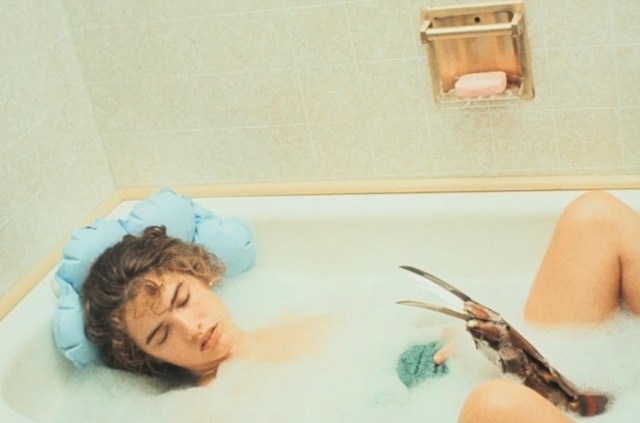
Heather Langenkamp in ‘A Nightmare on Elm Street’ (1984) | IMDb - Johnny Depp in a crop top: It’s giving gender fluidity. It’s giving nonconformity. It’s giving cute and sexy simultaneously. As he picks up the phone and juts his hip to the side with ankles crossed in a nonchalant, swoon-worthy fashion, we can’t help but look on longingly (whether you want to be him or be with him). It was a visual proclamation of self-expression and freedom that, though maybe not intentionally, has since become an emblem of the diversity inherent to the queer fashion landscape.
- Sleep paralysis: The movie taps into the universal fear of being unable to move when asleep. Unable to defend yourself. Frozen in fear. Can’t run. Can’t scream. Defenselessness is horrifying without a man boasting a knife-adorned glove and a scorched face lurking in the shadows.
- The boiler room lair: A little steampunk anyone? There’s an industrial chic vibe to this atmosphere that allows for many a startling sound and unnerving mammoth-sized machinery.
- The micro-naps: Reality blends with the dream state, creating a rollercoaster of emotions for approximately 30 seconds. These function as mini-horror films within the greater horror narrative.
- Johnny Depp’s hair: Not one follicle out of place. A wavy, temperature-defying, wind-resistant, yet somehow soft and luscious do sits atop his head. Yes, we mentioned the crop top, but the hair is arguably a salient feature in and of itself.
- Freddy’s entrances: There’s no doubt that this slasher has a flair for the dramatic. He will enter your subconscious, sassily teleporting from one location to another. Who needs a door when you control the dreamscape? Materializing is so much more efficient than getting your steps in.
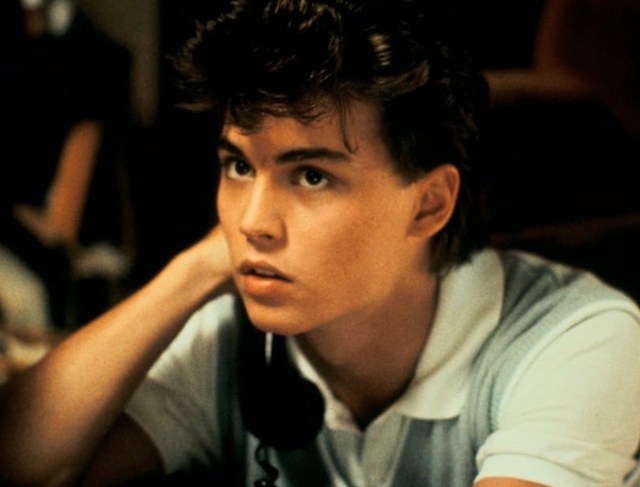
Johnny Depp in ‘A Nightmare on Elm Street’ (1984) | IMDB - Freddy’s playground: The best way to describe Freddy’s dream world is Disney gone wrong. Take all the unbelievable wonders of this adolescent fever dream, but make it a nightmare. It’s fantastical and horrifying all at once. Impressive in its reach, and intimidating in its power.
- Freddy’s knives along the pipes: Freddy runs his knives along the boiler room pipes in a seductive fashion, gaining pleasure from the taunt. To him, it’s tantalizing. It’s anticipation-building. He’s getting off on the build-up in a pre-orgasmic fashion. To his victims, it’s terror-inducing. It’s a drawn-out, destabilizing precursor to their impending death.
- Breaking the fourth wall (almost): Though Freddy does not explicitly break the fourth wall in the first A Nightmare on Elm Street (according to the dictionary definition), several of his taunts and quips feel directed at the audience. He blurs the line between on-screen events and the viewers’ experience. It contributes to the campy vibes that later installments magnified.
- Dissolved boundaries between dreams and reality: What happens in a nightmare does not stay in a nightmare. The film’s overarching premise — the very facet that makes this movie blood-curdling — is the real-world consequences of the nightmare-set struggles. This blurred boundary creates both a disorienting and immersive atmosphere for the film’s brief 91-minute runtime.
